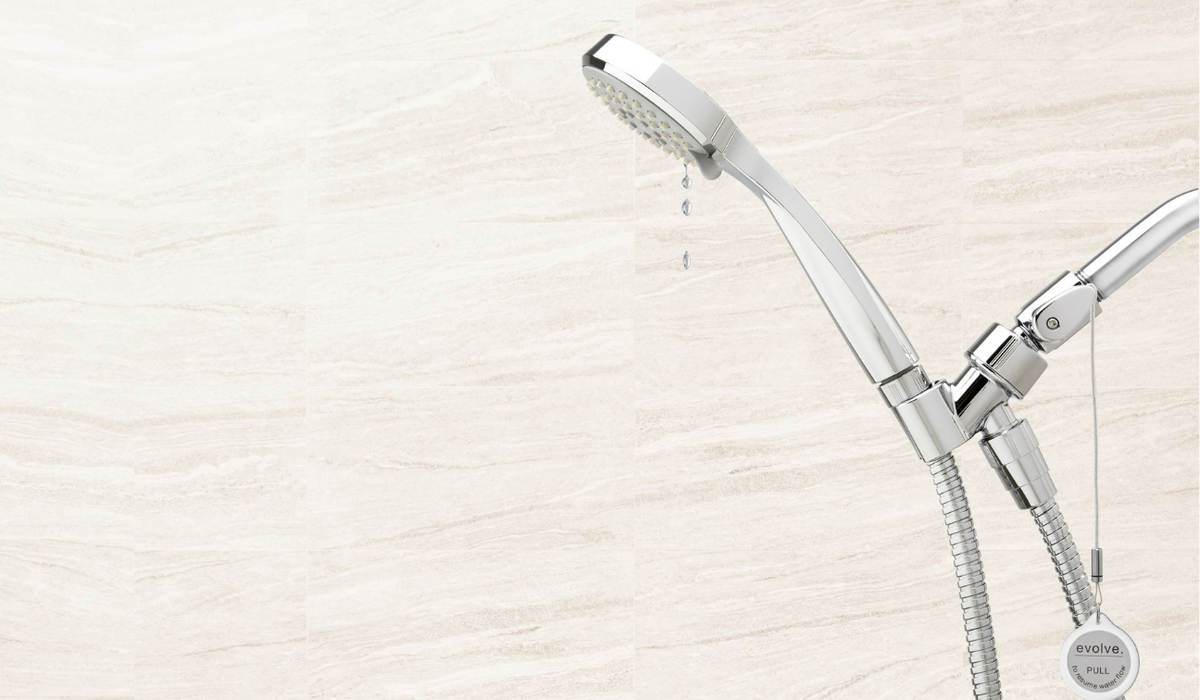In the previous blog, we explored savings opportunities related to showering and delved into the first phase of showering: structural waste. Now, as promised, we’ll examine behavioral waste, which is an even bigger contributor to water and energy waste.
So, let’s dive right in!
What is Behavioral Waste?
When discussing water waste, there are two stages in a shower: structural and behavioral waste. Before we enjoy a warm shower or bath, we must first purge cold water from the pipes; the cold water that runs before we get in is structural waste. Behavioral waste is what happens once the water has warmed up, but we have yet to get in. We may be combing our hair, picking out the day’s outfit, or just scrolling on our phones while we wait for the water to heat up, but we don’t know the exact amount of time that will take. As a result, we end up being away from the shower for a longer time than the water took to warm up, and that hot water—the behavioral waste—is now running down the drain.
Most people are away from their running showers or baths for an average of 2 minutes every time. The result is that about 25% of our bathing water, or 4 gallons, is wasted before we even get in.
How To Reduce Behavioral Waste
Unlike structural waste, reducing behavioral waste is a bit trickier and doesn’t involve concrete steps. In fact, most of it has to do with psychology: we simply don’t like waiting and want all our time to be productive. Research indicates that waiting for hot water for as little as 20 seconds encourages multitasking. And then it’s easy to get distracted with putting the final touches on your outfit, for example, and forget that the shower is still running (and probably warm). Because people’s patience for waiting is so low, this means that even if structural waste is reduced, it has little effect on behavioral waste.
Rather than fight human nature, we instead recommend products that work in harmony with it—like thermostatic shut-off valve (TSV) devices that eliminate behavioral waste altogether. At their most basic level, they pause water flow once it gets hot. To resume, you just pull the cord or push a lever on the tub spout, and voila: immediate hot water. This gives bathers freedom to make their get-ready routines as long as they need. Another bonus is that thanks to the TSV’s versatility, bathers can choose from showerhead-only or combination showerhead/tub spout options.
Now that you understand the roles of structural and behavioral waste in your shower routine, you can improve showering comfort and convenience while saving water and energy, with the help of a TSV.
Want to learn more about Evolve’s products for maximizing shower efficiency? Browse them here.
